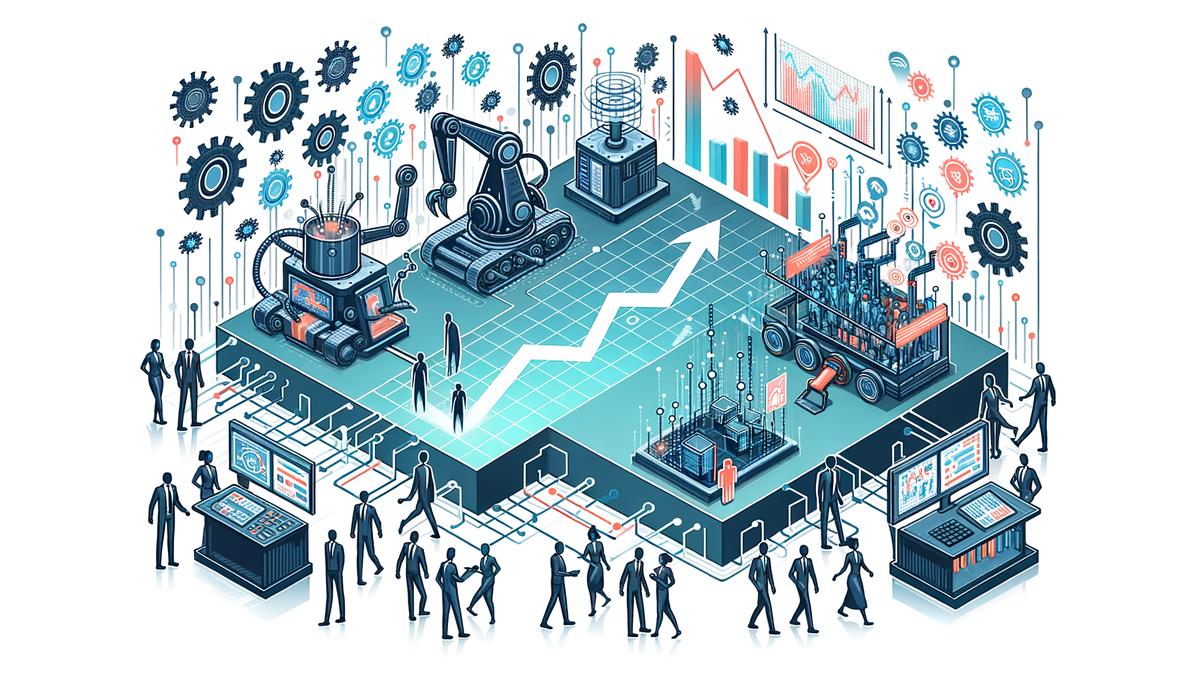
UK Labour Market Slows in February
Changes in employment rates are a reflection of the shifting landscape of our economy and society. These changes affect various sectors differently, influenced by factors such as technology, global market trends, and the alignment of education with industry needs. As we examine these influences, it’s important to consider how they shape not only the quantity but also the quality of jobs available to today’s workforce. This article aims to shed light on these complex dynamics and their implications for individuals across different industries.
Employment Rate Changes

Impact on Various Sectors

Unemployment Rates
Unemployment rates serve as a powerful indicator of social and economic well-being, subtly influenced by a myriad of factors including technological innovation, global market trends, and educational alignment with industry needs. In recent years, we’ve seen how automation and digital transformation have revolutionized industries, leading to job displacement for those whose skills no longer match the evolving demands of the modern workplace. This shift demands a reevaluation of education systems and vocational training programs to better prepare the workforce for future job environments. It’s not just about creating more jobs, but creating the right kind of jobs that offer stability, growth, and fulfillment to individuals in a rapidly changing world.
Furthermore, globalization continues to shape employment trends as companies seek to optimize operations across borders. This move towards international labor markets has been a double-edged sword: while it has opened up new opportunities for some, it has also led to job losses in sectors unable to compete on a global scale. The balance between prioritizing domestic employment and partaking in the global economy is delicate and requires careful policy consideration. As these dynamics play out, it becomes crucial for workforce development strategies to be flexible and responsive, equipping individuals not just to return to work but to thrive in a landscape marked by continuous change and competition. Understanding these intricate influences on employment rates is key to fostering a resilient and prosperous society.

Government and Policy Maker Responses

The landscape of employment is ever-evolving, shaped by forces both within our control and beyond it. As we move forward, the challenge lies in adapting our strategies for workforce development to meet these changes head-on. This means not only equipping people with the skills needed for new types of jobs but also ensuring that there are enough opportunities available that offer meaningful work. By understanding and responding to the intricate factors influencing employment rates today, we can build a more resilient and prosperous society for tomorrow.

Share
Facebook
X
LinkedIn
Telegram
Tumblr
WhatsApp
VK
Mail